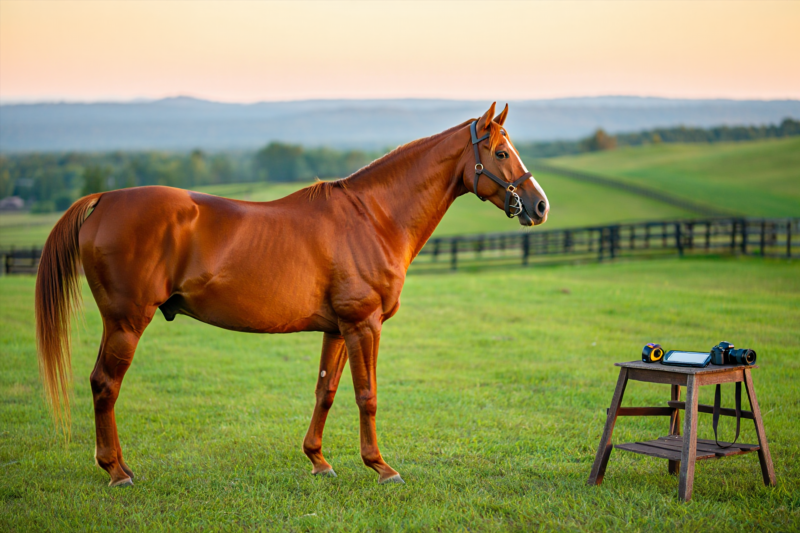
How to Track Your Horse’s Growth Effectively Throughout the Season
Monitoring your horse’s development over a season is essential for optimizing growth, preventing issues, and ensuring your equine partner reaches their full potential. Accurate tracking allows owners to make informed decisions about nutrition, training, and health interventions. This comprehensive guide explores proven techniques to effectively track horse growth throughout the season, helping you maintain your horse’s well-being and performance.
Why Is Tracking Horse Growth Important?
Understanding your horse’s growth trajectory offers multiple benefits:
- Optimize Nutrition and Training: Adjust diet and exercise regimes based on real growth data.
- Early Detection of Issues: Spot developmental problems or health concerns before they escalate.
- Enhance Performance: Ensure your horse develops strength and stamina at appropriate rates.
- Proper Management and Planning: Schedule vaccinations, deworming, and veterinary visits around growth patterns.
Techniques for Monitoring Horse Development
1. Regular Body Measurements
Consistent measurement is fundamental for tracking physical growth. Focus on key areas:
| Measurement Area | Description | Ideal Frequency |
| Height at withers | From the ground to the highest point of the withers | Monthly or bi-weekly |
| Weight | Use a horse weight tape or a scale | Monthly |
| Body Circumference | Chest, girth, and circumference of limbs | Monthly |
| Body Condition Score (BCS) | Evaluating fat and muscle cover | Weekly or bi-weekly |
Tip: Record measurements meticulously in a dedicated journal or digital app to monitor trends over time.
2. Photographic Documentation
Visual comparisons can be revealing:
- Take standardized photos from the same angle and distance.
- Use consistent lighting and background for accuracy.
- Schedule photos at regular intervals (monthly or quarterly).
- Review side-by-side images to observe growth changes.
3. Using Technology and Devices
Modern tools and apps facilitate accurate growth tracking:
- Growth Tracking Apps: Many mobile apps are designed for horse owners to log measurements, weight, and BCS.
- Ultrasound Devices: For more detailed assessment of muscle development and bone growth.
- Wearable Sensors: Track activity levels and monitor physiological responses.
4. Health and Development Records
Maintain comprehensive records including:
- Vaccination and veterinary history
- Deworming schedules
- Trainer notes on performance and behavior
- Dietary logs and supplement regimens
Practical Tips for Effective Monitoring
- Consistency is Key: Measure and record data at the same times and conditions.
- Use Reference Charts: Compare measurements with breed or age-standard growth charts.
- Consult Experts Regularly: Veterinarians, nutritionists, and trainers provide valuable insights.
- Identify Trends: Look for steady progress or deviations indicating possible concerns.
Common Challenges and How to Overcome Them
| Challenge | Solution |
| Inconsistent measurements | Establish a regular schedule and standardized methods |
| Lack of motivation | Use apps and visual records to stay engaged |
| Identifying issues early | Schedule periodic veterinary assessments and seek professional advice when anomalies arise |
Tracking your horse’s growth throughout the season is a vital aspect of responsible equine management. By employing precise techniques—measurements, photography, technological tools, and detailed records—you can monitor progress accurately, ensure optimal development, and catch potential issues early. Explore our comprehensive guide now to unlock the secrets of successful horse growth monitoring and give your horse the best chance to thrive.
FAQ
How often should I measure my horse’s growth?
Aim for monthly measurements to capture sufficient data points, but more frequent checks can be beneficial during rapid growth phases.
What tools are best for measuring horse weight?
Horse weight tapes are practical and accurate for regular use, while digital livestock scales provide precise data but are less portable.
When should I seek veterinary advice?
Consult a veterinarian if you notice unexpected stalls in growth, abnormal body condition, or signs of discomfort or health issues.
Can technology replace traditional measurements?
While advanced devices enhance accuracy, traditional tape measures and photos remain critical tools, especially for regular, cost-effective monitoring.
By adopting these strategies, you will not only track your horse’s season-long development effectively but also foster a deeper understanding of their growth patterns, leading to healthier, happier horses.